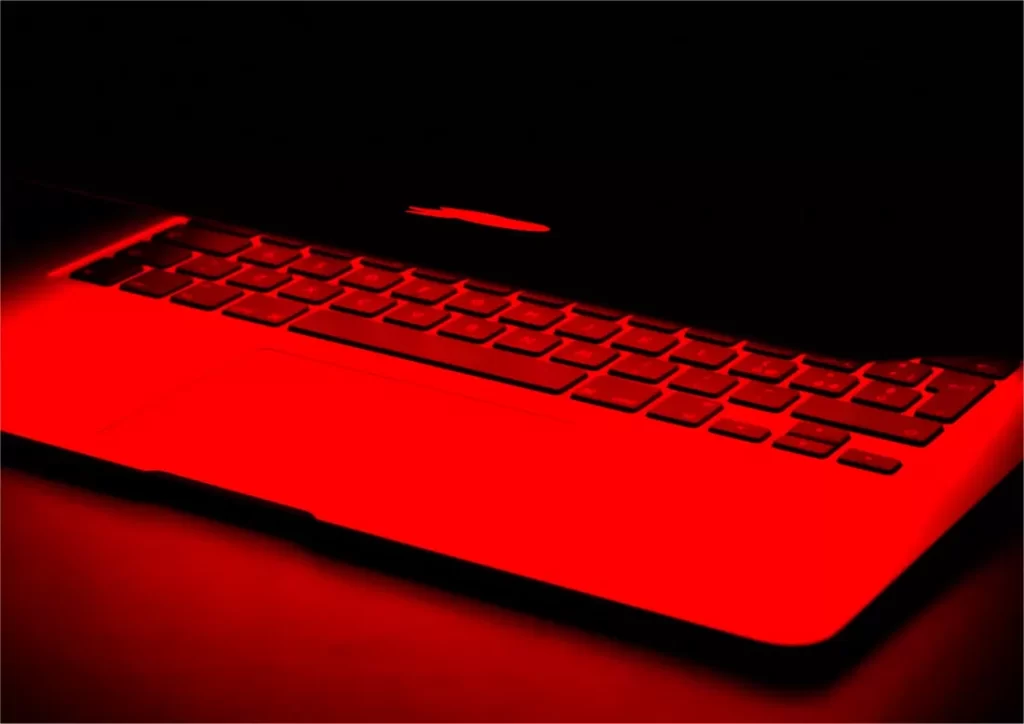Apple M3 MacBook Air takes “Scary Fast” to a new level: M3 silicon is “scary fast” — but also scary hot

—
In the world of laptops and portable devices, heat management is a critical concern, especially when tackling demanding workloads. With the recent release of Apple’s new M3 MacBook Air, the tech community is abuzz with excitement and intrigue. But beneath the surface of its sleek design and promising performance lies a hot topic – literally. Let’s delve into the details of this latest offering from Apple and uncover the truth behind its unprecedented heat levels.
Apple’s Bold Move: Amidst positive reviews, Apple has unveiled its latest MacBook Air models – the 13-inch and 15-inch variants powered by the M3 SoC. Boasting up to 60 percent more performance compared to the M1 models and touted as “13 times faster” than older Intel-based MacBook Airs, these laptops have set high expectations within the industry.
The Heat Test: Max Tech, a renowned tech testing platform, recently conducted a series of tests on the 15-inch M3 MacBook Air to gauge its performance under pressure. What they discovered was both impressive and concerning. Despite its remarkable speed, the M3 system exhibited some of the most extreme working temperatures ever recorded in the industry.
Thermal Challenges: Unlike its predecessors, the M3 MacBook Air relies solely on passive cooling, eschewing fans for a silent computing experience. However, this decision comes at a cost. During the tests, the system’s temperatures soared, with the hottest core reaching a scorching 114 degrees Celsius, while the CPU and GPU weren’t far behind at 107 and 103 degrees Celsius, respectively. Even the external chassis registered a peak temperature of 46 degrees Celsius.
Navigating Thermal Throttling: While laptop processors can withstand higher temperatures under stress, maintaining temperatures significantly above the boiling point of water is unsustainable. Consequently, the M3 MacBook Air resorted to thermal throttling, reducing frequency and power consumption to stabilize temperatures around 100 degrees Celsius – still high but safer.
Comparative Analysis: Previous models based on the M2 SoC also grappled with overheating issues, albeit to a lesser extent. However, the M3 system appears to have taken heat management to new heights. Max Tech’s comparison with an M3-based MacBook Pro, equipped with an active cooling system, underscores the impact of thermal management on performance. The MacBook Air experienced a notable decline in graphics performance (27 percent) due to thermal throttling during the tests.
Conclusion: Despite these findings, widespread reports of overheating issues with the new M3 laptops have yet to surface. It’s essential to remember that the MacBook Air is primarily designed for light computing tasks and may not be suitable for heavy workstation-like loads. As we navigate the ever-evolving landscape of technology, understanding and addressing thermal challenges will continue to be a crucial aspect of laptop design and user experience.